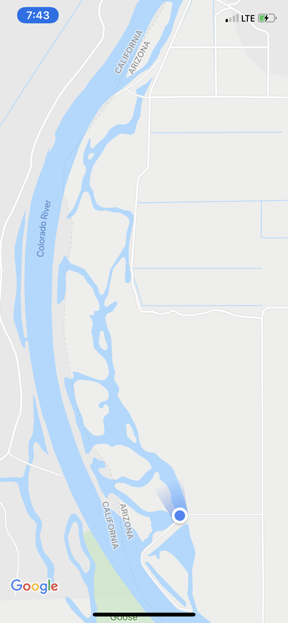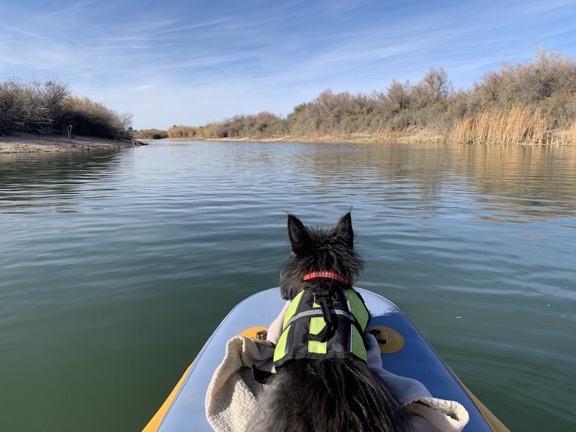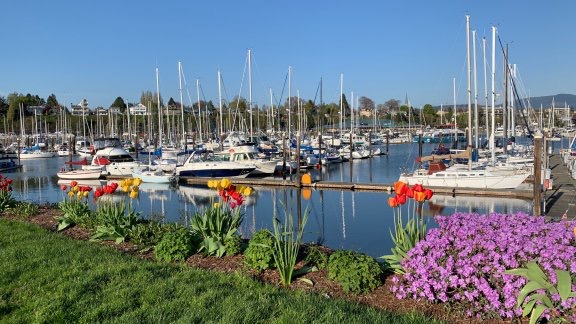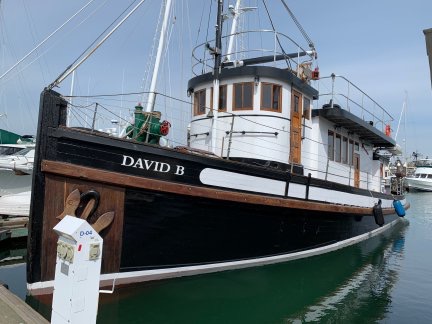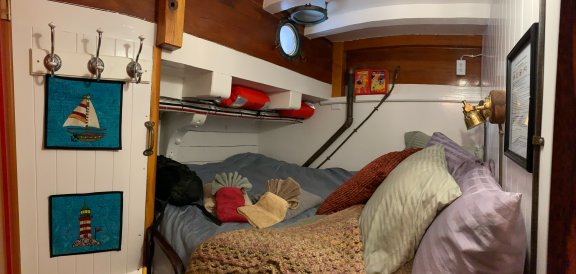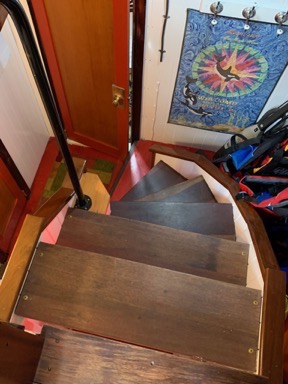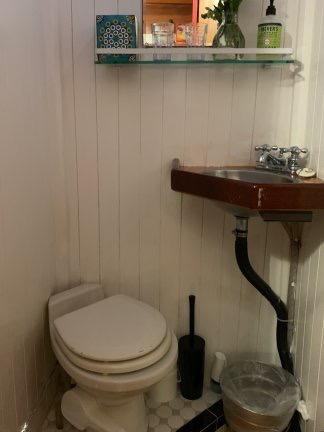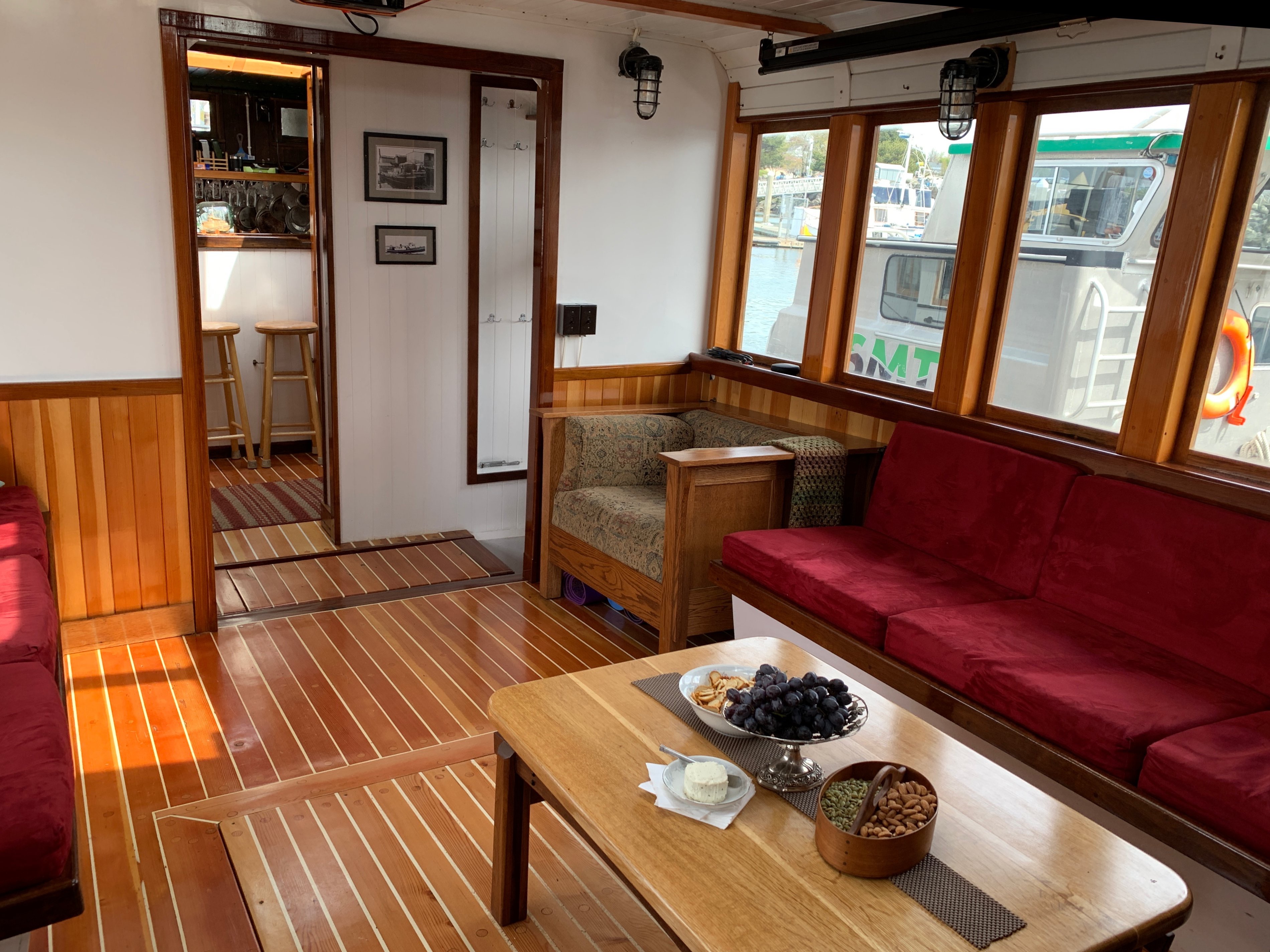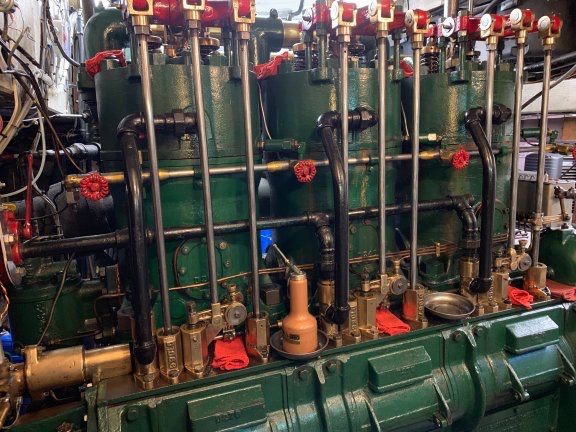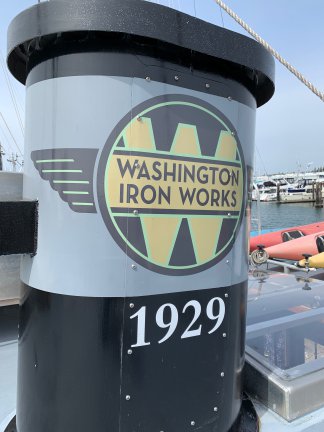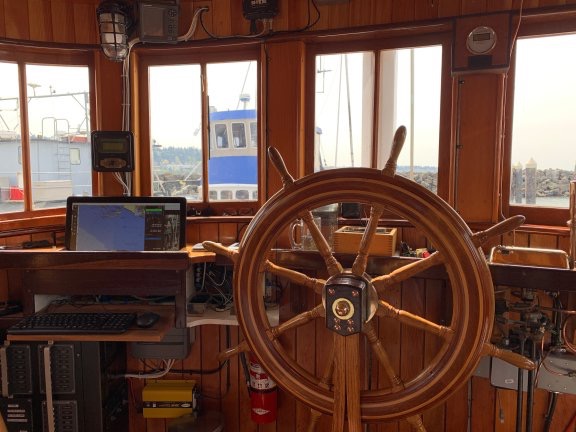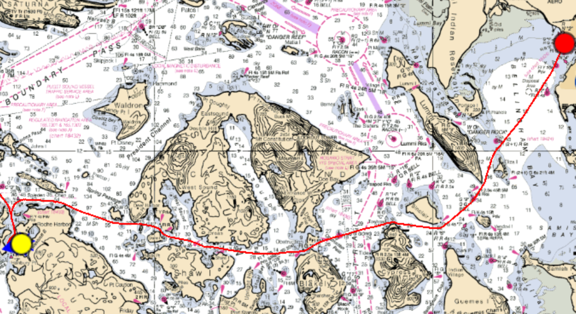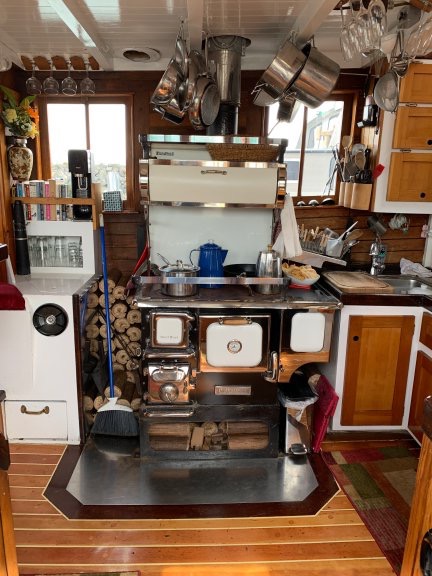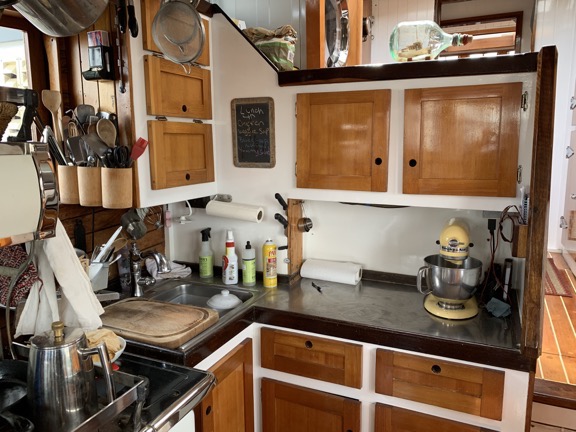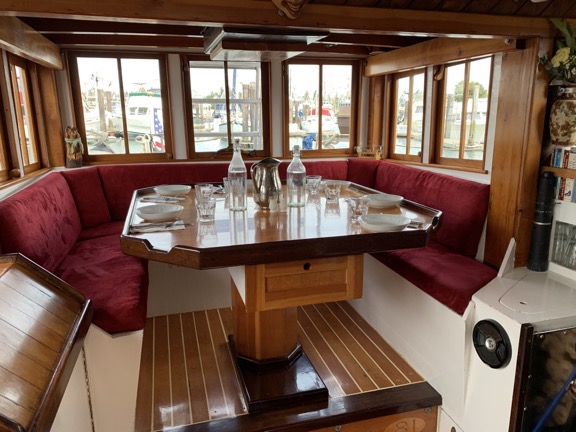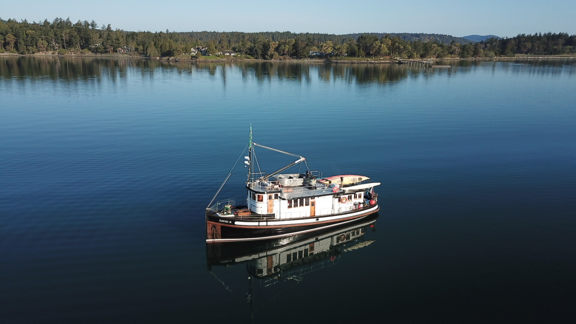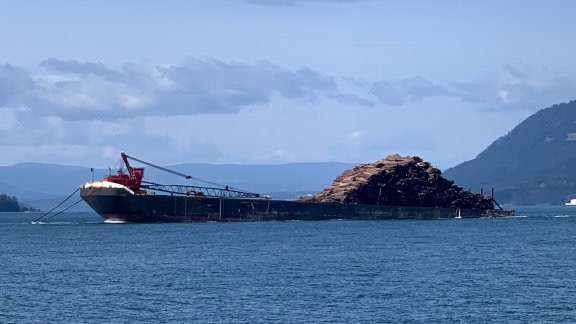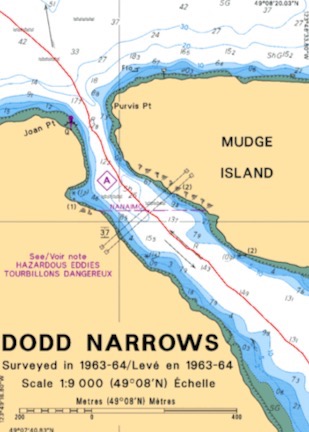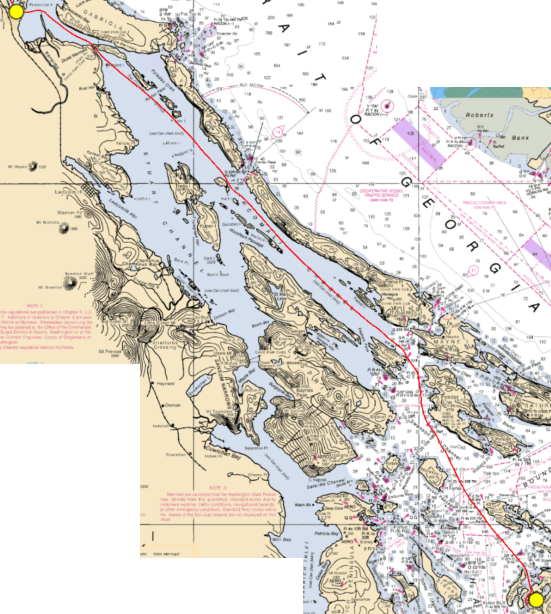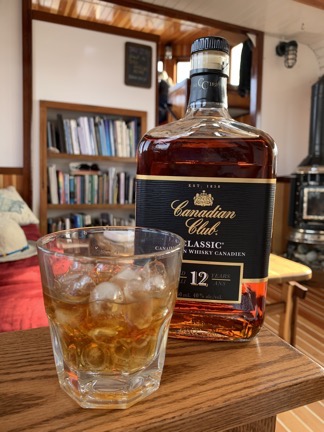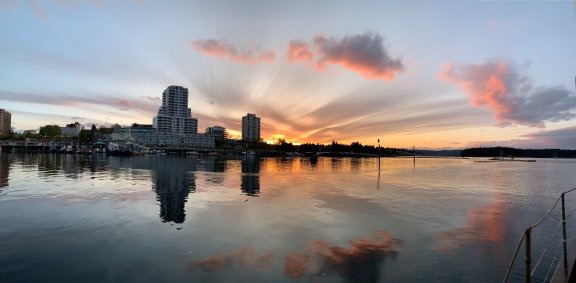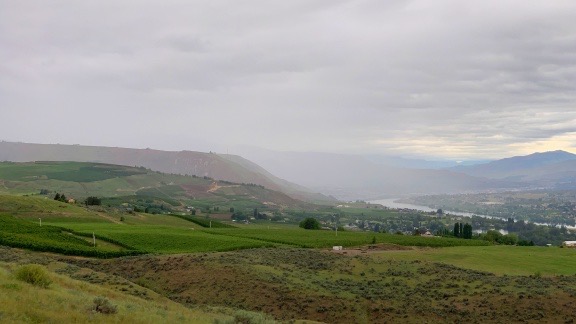Another day out in the boat reminds me how much I like being out on the water.
Way back in the autumn of 2011, I bought a 1995 Sea Ray Sea Rayder. This is a 16-foot jet boat with a 130 HP engine that can get it up to the whopping speed of 30 MPH on smooth water. It has five seats, a canopy that shades the three back seats, and the ability to pull a water toy but not a water skier. It’s the third boat I’ve owned — the first two were WaveRunners that I owned for a while in Arizona — and I actually bought it in Washington when I still lived in Arizona. I spent so much time just sitting around during cherry season that I thought it might be fun to have a boat in the area to take out on the Columbia River.
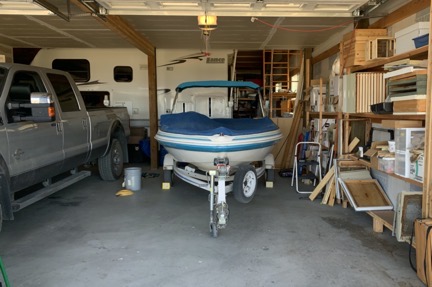
Here’s my little boat, tucked into its spot in my exceedingly large garage.
Fast-forward nine years. I kept the boat all this time (despite a bizarre episode at one of my two divorce trial dates in 2013). When I built my home, I made sure that my garage would have space for it. I used it a few times every season — some would say not often enough to own a boat, but I didn’t pay much for it and it’s cheap to keep. I took it to Arizona with me for the winter back in 2016/17 and had some fun with it out on Lake Pleasant and the Colorado River. And I continue to use it a few times every summer.
I would have taken it out a lot sooner this season if it weren’t for the battery. I was having a heck of a time getting it charged and I was starting to wonder whether it needed replacement. Pulling the battery out of the boat while it was on the trailer was not something I could do alone and I never seemed to find time to get the boat into town so it could be checked. Eventually, I realized that the problem wasn’t the battery — it was my battery charger. I bought a new one the other day, hooked it up, and voila! The battery charged up to 100% in just a few hours and I was ready to take it out.
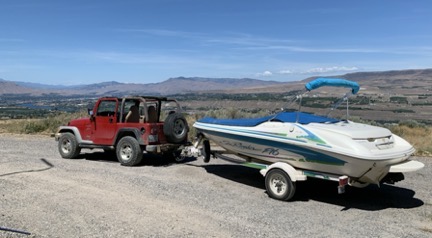
The boat is a lot easier to launch from the Jeep, which is currently topless while I wait for the new top to arrive.
I made plans with a two friends to take it out on Wednesday morning. The weather has been awesome here — unless you’re a cherry drying pilot — and although it tended to get a bit warm and windy in the afternoon, it was pleasant enough in the morning. One of my friends is a neighbor and I picked her up at 9 AM in my Jeep with the boat in tow. (It’s a lot easier to launch with the Jeep than my truck.) After stopping to top it off with fresh fuel, we drove to the boat ramp in Wenatchee behind Pybus Public Market.
I have to take a moment to rave about the free boat ramps and riverfront parks and trails we have in the Wenatchee area. The waterfront is managed by the local public utility district — the Chelan PUD — which manages the dams that give us most of our cheap, renewable power. As a public utility, they use our utility fees to maintain their systems and build/maintain a series of public parks along the river. There are two different boat ramps within 12 miles of my home and others farther away to access other dam-locked bodies of water on the Columbia River. The parks have paved biking/walking trails, softball fields, tennis courts, picnic shelters for group gatherings, volleyball courts, a swimming beach — the list goes on and on. The Apple Capital Loop Trail is an 11-mile paved walking/running/biking trail that loops on both sides of the Columbia River, with several access points on either side and extensions to other parks on the East Wenatchee side. All of this is free to use with plenty of free parking.
Anyway, I launched the boat while Teri watched over my pups. We tied up at the floating dock between the two lanes of the ramp and waited for Cyndi to arrive. Although there were a few cars with boat trailers in the parking lot, no one else was launching or coming in. While we were waiting, I cranked the engine until I got the boat started and let it idle for a while, which is something I don’t like to do, given that this jet boat doesn’t have a real idle. (When the engine is running, it is propelling the boat.) I shut down until Cyndi arrived, loaded everyone up, and after an iffy start due mostly to me not remembering if the button had to be IN or OUT for choke, putted out into the river.
My usual boat use in the area is to motor on up to the Rocky Reach Dam upriver from town, cut the engine, and drift back. I do this mostly because the boat can be loud under power and it’s no fun shouting back and forth to each other. It takes about 15 minutes to reach the dam and that day, we hit some mildly rough water in a windy spot along the way. As a jet boat with its weird rudderless steering, it operates best on glassy smooth water. This wasn’t a big deal and we motored right through it to more smooth water beyond. We didn’t get right up to the dam, but we did get close enough to see that they had multiple flood gates open. The water would really be churning at the base of the dam and we didn’t need any of that. So I cut the engine and welcomed the silence. We immediately started drifting back at a rate of about 3-4 miles per hour.
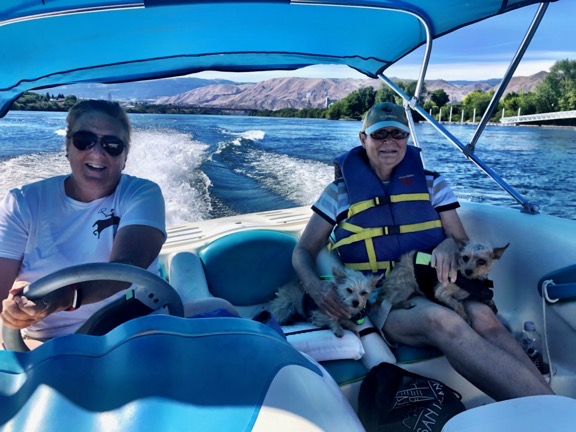
Cyndi took this photo of us just getting underway up the Columbia River. That’s Teri next to me, holding my pups. This was their first time in a boat and they didn’t know what the hell was going on.
The awning was up and Teri and I were under it. Cyndi sat in the bow, soaking up the sun. My pups, wearing their life jackets, walked around the boat for a while. Lily was a bit whiney and I held and comforted her for a while. When she realized that it was what it was, she finally settled down.
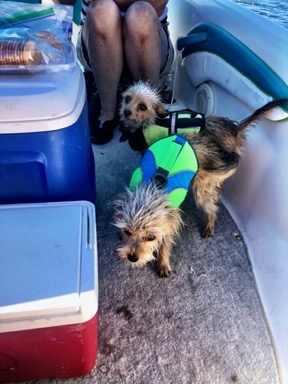
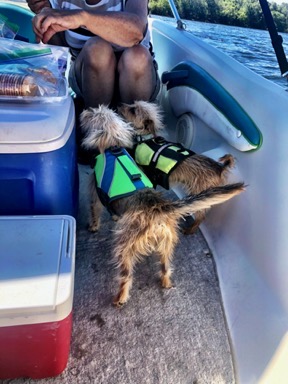
Lily and Rosie were a little uneasy when we first stopped, but soon caught on that there was food to be had and begging to be done. Penny’s old yellow life jacket fit Lily perfectly; Rosie got the slightly larger one I bought for her in preparation for a kayak outing. (We still haven’t done that yet.)
We’d brought snacks and popped open the coolers. We chatted about all kinds of things: dogs, politics, the virus, fishing, camping, boating, traveling. Teri and Cyndi, who had never met before, seemed to hit it off well.
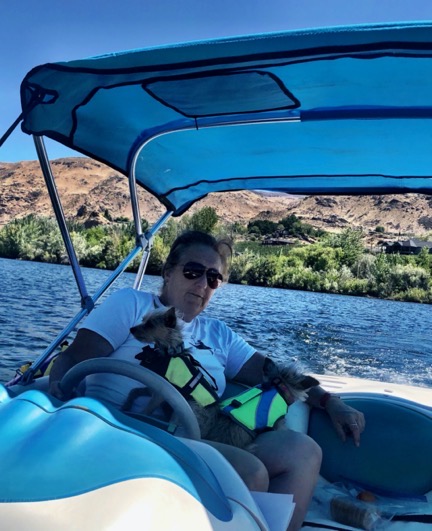
Cyndi took this shot of me holding both pups while gently guiding us away from shore and back into the main channel of the river.
All the time we drifted, we watched the scenery change around us. The air was cool in the shade. We saw bunches of buoys and, later, a police boat with a few guys on board tending to some others. We never figured out what that was all about. There were some other boats on the river — mostly the big aluminum fishing boats that are so popular around here. The salmon are running and although we weren’t there at the best time of day for salmon fishing, some folks were apparently trying anyway. A few times we drifted so close to the east shore that the boat got caught in a calm spot and stopped drifting. One time, it even headed back upriver. Each time, I’d push the button to start the engine, shift into forward gear, and move back toward the middle of the flow.
I know none of this sounds very exciting and it wasn’t. But it was restful and pleasant. It was nice to get out with friends someplace other than one of our patios or decks. It was nice to be on the water, which is something I’ve always enjoyed.
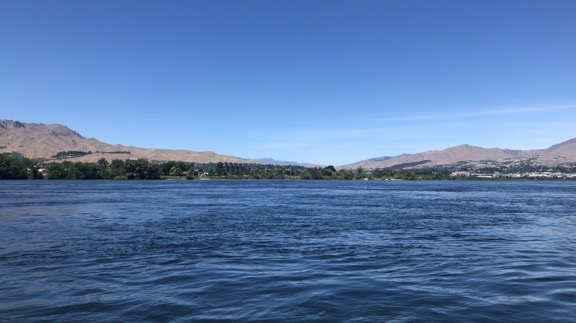
Cyndi took this shot looking back up the Columbia toward the Wenatchee River confluence. It was a perfect day for boating.
Cyndi had to be back by 12:30 for an appointment that afternoon, so at 12:15, I started up the engine again and pointed us back toward the launch. By that time, we were less than a mile away and I kept to a slower speed, which is not like me at all. I had a little bit of trouble getting the boat pointed into the launch area with the current pushing us so hard past it; jet boats don’t steer well at slow speeds, especially when fighting wind or a current. I have the boat rigged so I can bring it into a dock by myself and was pleased that neither passenger tried to “help” when I didn’t need help. I pulled up next to the dock, tied off from my seat, and killed the engine. Smooth. After a year, I still had it!
Cyndi left right away and Teri and I took care of the boat and pups. I did a great job backing the trailer in (if I do say so myself) — the Jeep is a lot easier to back up without a roof and rear window. Soon I had the boat on the trailer and, when I pulled out slowly, the boat positioned itself properly between the two fenders. I parked it in the shade of a tree in the parking area and pulled everything out, closed up the top, and put the cover on it. Teri tracked down my pups who had wandered off to find a place to pee. We all climbed into the Jeep and headed home.
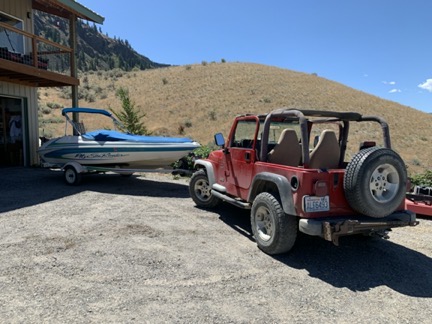
It’s a lot easier to push the boat into the garage than back it in. Why work harder than you have to?
I dropped off Teri and her cooler at her house, then went home. It was already getting hot and I wanted the boat put away before it got too hot. I unhitched the boat in my big driveway apron, turned the Jeep around, and re-hitched it using the front tow ball on the Jeep. With a little maneuvering, I pushed the boat into the end garage bay where it lives, unhitched it again, and backed my Jeep into the garage bay at the other end.
When I checked my watch, I was very pleased to see that I’d been able to get the boat out of the water, drive it 12 miles to get home, and put it away in less than an hour.
I need to take it out more often.
